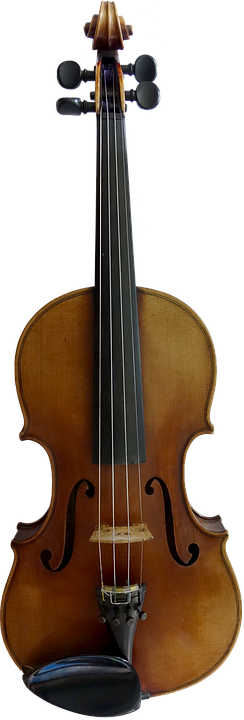Tips for Success in Violin Pedagogy
Violin pedagogy is the art and science of teaching the violin to students of all ages and levels. It requires a deep understanding of the instrument, its technique, and the ways in which students learn. Here are some tips for success in violin pedagogy:
1. Develop a Strong Foundation
One of the most important aspects of successful violin pedagogy is developing a strong foundation for your students. This includes teaching proper posture, hand position, and bow technique from the very beginning.
2. Individualize Instruction
Every student is different, and it’s important to tailor your teaching to each individual student’s needs and learning style. Some students may learn best through visual demonstrations, while others may respond better to verbal explanations. Get to know your students and their learning preferences so that you can provide the most effective instruction.
3. Set Clear Goals
Setting clear and achievable goals for your students is essential for keeping them motivated and on track. Whether it’s mastering a specific piece, improving intonation, or developing bowing technique, make sure that both you and your student are clear on what is expected and how progress will be measured.
4. Provide Positive Reinforcement
Encouragement and positive reinforcement are crucial for building confidence and motivation in your students. Celebrate their successes, no matter how small, and provide constructive feedback in a supportive and encouraging manner. Remember that learning the violin can be challenging, so it’s important to create a positive and nurturing learning environment.
5. Build a Repertoire
One of the joys of learning the violin is being able to play beautiful music. Help your students build a diverse repertoire of pieces that they enjoy playing, from classical to pop to folk music. This will keep them engaged and excited about their progress, and provide opportunities for them to showcase their skills.
6. Foster a Love of Music
Beyond teaching technique, it’s important to foster a love of music in your students. Help them develop an appreciation for different styles and periods of music, and encourage them to explore new musical genres. This will not only enhance their overall musical education, but also inspire them to continue practicing and improving.
7. Continuously Improve Your Own Skills
As a violin teacher, it’s important to continuously improve your own skills and knowledge. Stay up-to-date on the latest pedagogical trends and techniques, attend workshops and conferences, and seek out opportunities for professional development. The more you invest in your own growth as a teacher, the better equipped you will be to help your students succeed.
8. Communicate with Parents
Effective communication with parents is essential for the success of your students. Keep parents informed about their child’s progress, goals, and areas for improvement, and involve them in the learning process whenever possible. Building a strong partnership with parents can help support your students’ learning and ensure their continued success.
9. Embrace Technology
Technology can be a valuable tool for enhancing violin pedagogy. Consider incorporating online resources, apps, and software into your teaching to provide additional support and practice opportunities for your students. Virtual lessons, video tutorials, and interactive games can all help supplement your in-person instruction and keep your students engaged.
10. Be Patient and Persistent
Learning the violin takes time, practice, and patience. Be patient with your students as they navigate the challenges of mastering this complex instrument, and encourage them to stay persistent in their practice. Remind them that progress may be slow at times, but with dedication and perseverance, they will continue to improve.
In conclusion, success in violin pedagogy requires a combination of technical expertise, teaching skills, and a passion for music education. By following these tips and incorporating them into your teaching practice, you can help your students develop a strong foundation, achieve their goals, and cultivate a lifelong love of music. With dedication, patience, and a commitment to continuous improvement, you can inspire and empower your students to reach their full potential as violinists.


